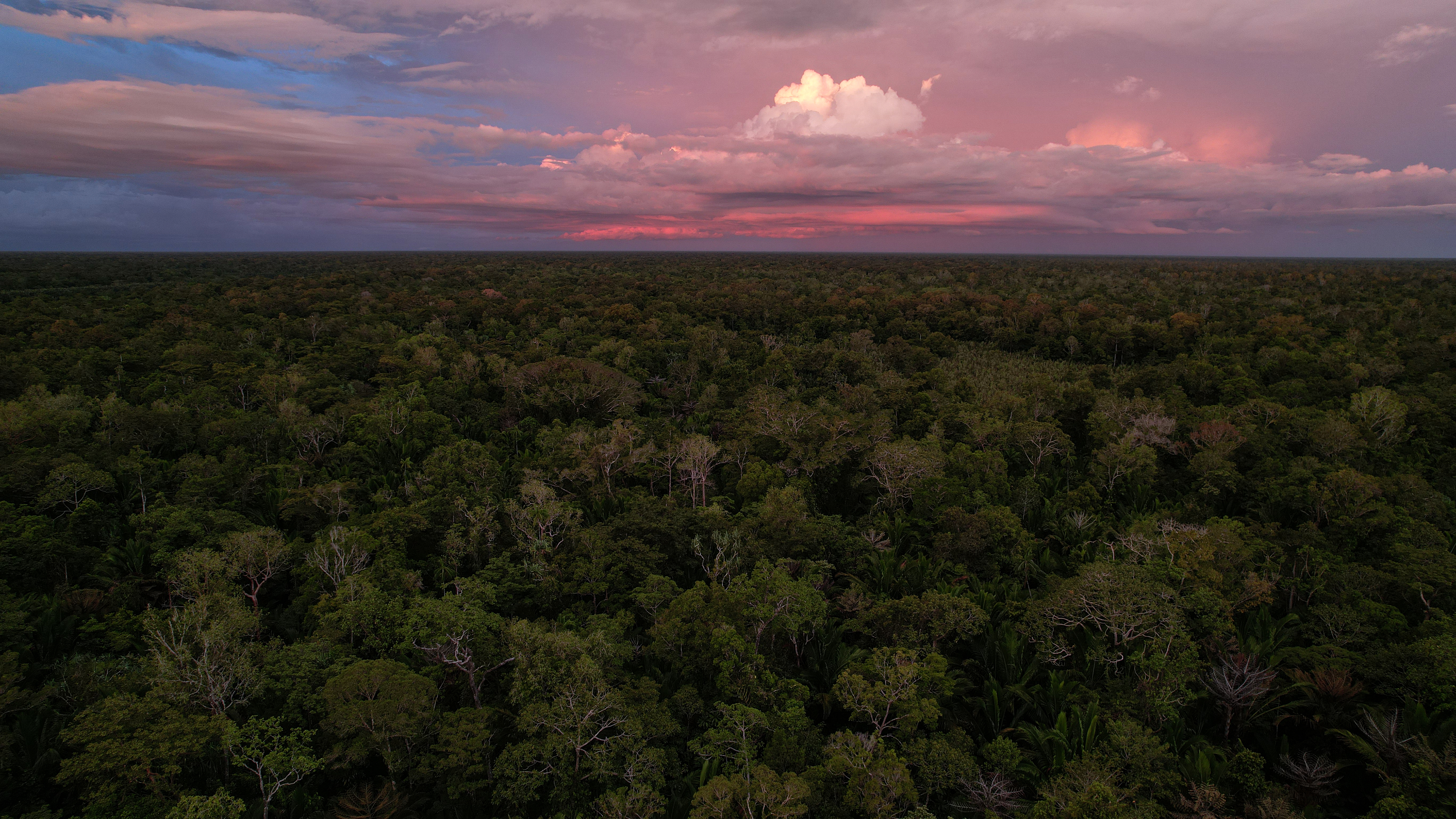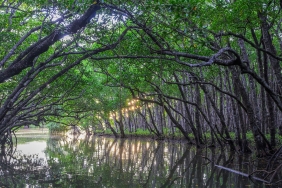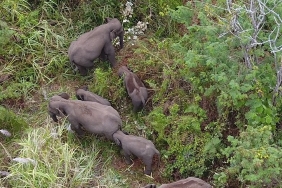#EARTHRESOLUTION 2016 #FOREST
Have you ever complained about the air that feels very hot in recent years, especially in the dry season? The condition of the earth is already much different. Drastic climate change has made the earth's heat increase. Even July 2015 was declared the earth's hottest month in recorded history by the United States National Oceanic and Atmospheric Administration (NOAA).
Climate conditions like the current one are inevitable. Year after year, greenhouse gases produced by human activities continue to increase, while forests that should function as a natural balance disappear on a massive scale every year. From 2009 to 2013, Indonesia's forest loss reached 4.6 million hectares, equal to the size of West Sumatra Province. Even in the next 10 years, Forest Watch Indonesia predicts that forests in Riau will disappear, followed by Central Kalimantan and Jambi. Horrifying, isn't it? Without forests to absorb carbon dioxide, the second-highest greenhouse gas in the atmosphere, how hot and dry will the dry season be in the future?
Planting Trees
There are many ways that people can increase the number of trees in their neighborhoods, workplaces and damaged forest areas in Indonesia. There is no need to wait for government intervention because planting trees can be done independently, both individuals and communities or through WWF Indonesia's programs called NEWtrees and MyBabyTree, where NEWtrees is intended for corporations and MyBabyTree is intended for individuals. Through these two programs, communities can reforest bare lands in forest areas that can retain, store and drain rainwater. Examples include the forest areas of Mount Tikukur in Puncak, West Java and Mount Rinjani in Lombok, West Nusa Tenggara. In addition to absorbing carbon during their growth, these trees will store water reserves needed by the community when the dry season arrives.
Save Paper
Every year as much as 3.2 million logs are taken from forests to fulfill society's need for paper. Often this large quota is not met by industrial plantation forests (HTI), which have a limited supply of trees, while newly planted trees take years to grow. To meet the quota, the industry does not hesitate to cut trees illegally in non-HTI forest areas, which are actually conservation areas. The public can stop the industry from doing massive damage to forests every year by reducing the demand for paper, which can only be achieved by saving paper. Maximize paper use with creative ways such as using both sides of the paper and recycling. By conserving paper, people will help forests continue to be sustainable and save future generations from a life of hardship due to climate extremes and lack of natural resources.
As we look forward to 2016, it's worth reflecting on the importance of taking action to save our remaining forests.
WWF Indonesia invites you to make Indonesia's forests sustainable as a resolution in 2016.




